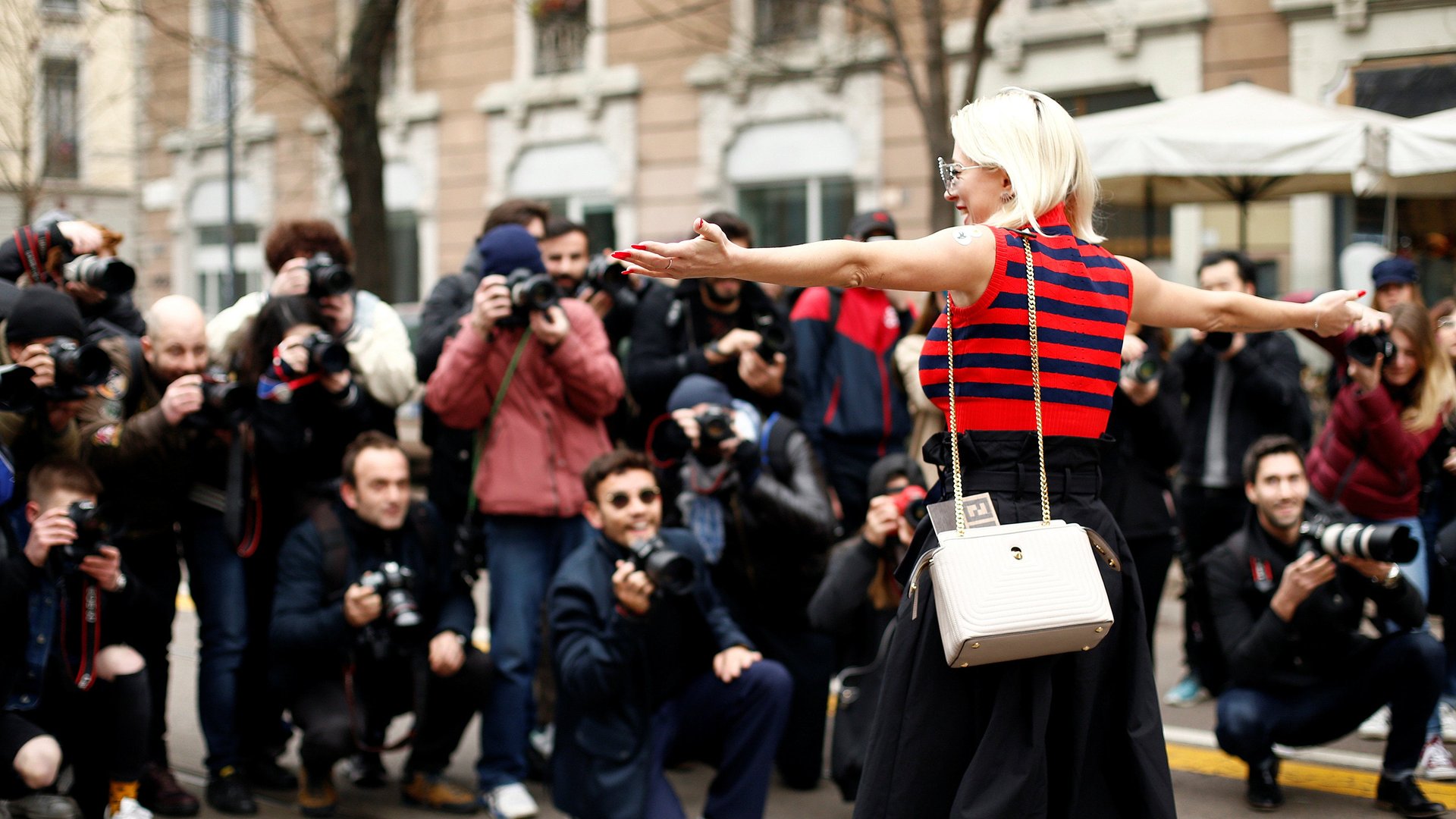Instagram has killed the art of lifestyle blogging
Recently, I found myself at an invite-only event for internet influencers (side note: I am no such thing). Engaging in the requisite small talk, I asked an attendee what they do for a living. “I’m a blogger” she said, after the faintest note of hesitation.


Recently, I found myself at an invite-only event for internet influencers (side note: I am no such thing). Engaging in the requisite small talk, I asked an attendee what they do for a living. “I’m a blogger” she said, after the faintest note of hesitation.
After a bit of internet sleuthing, I realized this individual didn’t really have a blog, per say. She had a robust Instagram account where she posted long captions, promoted partnerships with select brands, and communicated regularly with an engaged following. So why didn’t she simply tell me she was an Instagrammer, I wondered? It wasn’t until then it hit me: because bloggers are just Instagrammers now.
In internet terms, it’s a shift that is both subtle and seismic. As influencers become a larger and larger force in consumer culture, their fans and followers now interact with them almost exclusively via big social media platforms—namely Instagram—and this often involves sponsorships. While blogs were once a safe and intimate space to overshare one’s quirks and passions with like-minded people, Instagram’s commercialization is a more carefully-curated, professionalized version of that model. It’s not “this person is just like me!” but more “this person is so much better than me.”
So how did this happen? It seems impossible, but the term “blogger” is only about two decades old. Coined in the late nineties as a truncation of “web log,” its meaning has changed alongside the way we discover things online. Once upon a time, links on one blog led to links on another, and another, and another—forming what author and technologist Tim Wu recently described as a “wonderful forest of delights” where you could stumble on things by total chance. But today, our content gets served to us less by our own meandering curiosity, and more by the carefully customized social media algorithms where we spend most of our free online time.
And thanks to that, it’s become a lot harder for upstart “bloggers” in the crowded yet lucrative fashion, beauty, wellness, and lifestyle spaces to build a following centered around their own blog. At the same time, social media platforms have given influencers more and more tools—including e-commerce, groups, and direct messaging—to keep them (and their followers) from going elsewhere online.
And thus, according to Julie Zerbo, lawyer and founder of The Fashion Law—a blog about the business and law of fashion—the current internet landscape of lifestyle bloggers can be separated into just two broad categories.
“There are the people who started out as bloggers with their own websites”—BryanBoy, Fashion Toast, The Blonde Salad and Man Repeller are successful examples—”who are capable of writing in their own right but they can gain so much more traction on Instagram now that [putting content there] is just a business choice to a large extent,” Zerbo said. “Then there are the influencer or blogger 2.0 types that probably never had a blog to begin with and are probably more aptly called influencers or social media figures. The term has just carried over from the founding figures in this field.”
There is also an ever-so-slight touch of snobbery in the mix, hence the aforementioned hesitation. As Zerbo said, “blogger used to be a dirty word in its own way, [denoting people who] didn’t have as much technical training or experience as editors.” In other words: bloggers usurped editors, and it was only a matter of time until Instagrammers did the same to bloggers.
“Bloggers were the first people that brands ever reached out to and paid for sponsored content and I think that’s when the term went from being ‘this is something I do as a hobby or a pastime’ to all of a sudden meaning a profession,” Michaela MacIntyre, head of social media at Gravity Thinking, a London-based creative agency that works with influencers and brands, said. “And I think we’re getting to the point now where ‘I’m an Instagrammer’ will soon mean exactly what ‘I’m a blogger’ means.”
And if advertisers are even more willing to pay influencers for content on their Instagram page as their personal blog, then why would these creators add extra work by creating a stand-alone site? As MacIntyre notes, “it’s much easier to post an Instagram and a quick bit of copy than it is to actually go to the effort of crafting a long-form blog.” Easier, for sure, but the end product—an Image and caption or ephemeral story—is likely to be less compelling than a richly-crafted blog post.
However, there’s a risk in relying solely on a single platform. Indeed, while Instagram may be at the crux of influencer commerce right now, social media platforms always have the power to flip an algorithmic switch, drastically affecting the way creators monetize their content overnight. Publishers have had a well-documented struggle with Facebook’s recent algorithm changes, while one of YouTube’s biggest stars, Casey Neistat, admitted recently that it’s a lot hard to make money on YouTube if you’re just starting now thanks to its monetization structure.
Zerbo says the smartest of the bunch are not wielding all of their influence solely on platforms they can’t control.
“I think that the smartest influencers are not removing themselves from Instagram but they are using the power that they still have to launch their own brands,” Zerbo said. “WeWoreWhat’s overalls line, for example, is a case of an influencer potentially anticipating some fallout as to the efficacy of the influencer marketing as a whole.”
If and when that fallout happens, there is little doubt the internet’s next big business model will be ready and waiting.